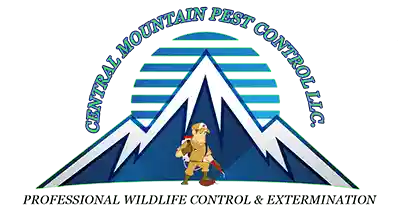A Comprehensive Guide to Species, Risks, and Effective Management Strategies
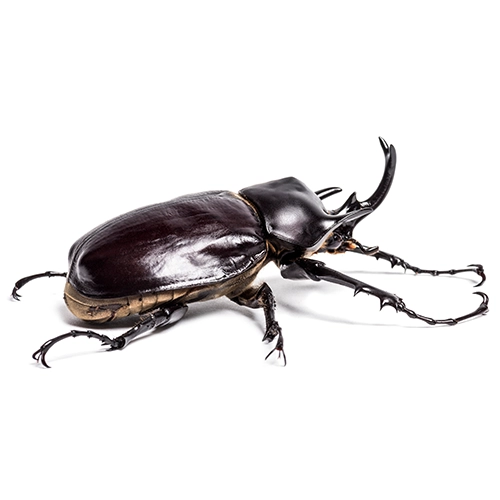
A secret world of beetles continue to flourish in the varied settings of Colorado, such as the steep hills or green woods. From Rocky Mountains’ lofty peaks to broad plains of prairie, the little critters serve an important part in the state’s environment. Colorado’s beetle population is diverse, ranging from dazzling jewel beetles to hardworking dung beetles that sculpt the landscape.
The famous mountain pine beetle tells a complicated narrative of survival and adaptation among the ponderosa pine woods, while the sparkling green of the emerald ash borer creates a delicate balance in the urban canopy. In this comprehensive guide, we explore everything you need to know about the species, risks, and effective management strategies of beetle infestations in Colorado.
Understanding Beetles
The many adaptations and behaviors of beetles represent tenacity and intricacy. Each species has a distinct survival strategy, ranging from the diligent dung beetle that rolls its valuable cargo to the evasive bombardier beetle, which protects itself with explosive chemicals. Their genetically developed activities demonstrate a complex combination of instinct and contextual adaptation. An analysis into the lives of beetles gives insight not just on their ecological significance, but also on broader ecological principles. As we dive further into the world of beetles, we uncover their wonders of nature as well as the nuisance they can bring when present in homes.
Why Beetles Enjoy Colorado’s Climate
As silent environment stewards in Colorado’s harsh terrain, beetles confide themselves beneath the canopy of towering pines and amidst verdant meadows. These tenacious invertebrates, with their exquisite patterns, contribute significantly to the state’s biodiversity. Beetles crawl over forest floors, traveling across alpine meadows in Colorado’s immense wilderness, having a significant impact to nature’s rich fabric of life. Their gentle hum fills the air during the quiet of dawn, creating a beautiful echoing symphony across valleys and canyons.
Beetles’ unseen efforts sustain the delicate balance of our ecosystem, laboring tirelessly and recycling organic matter to enrich the soil. They continue to persevere as seasons shift and landscape transform creating a testament to the enduring cycle of renewal. Beetles also embody adaptation as well as resilience on Colorado’s rugged beauty, weaving intricate tales amidst majestic peaks and expansive wilderness. Their unique marks always remain in this terrain, thriving inside the Rocky Mountains.
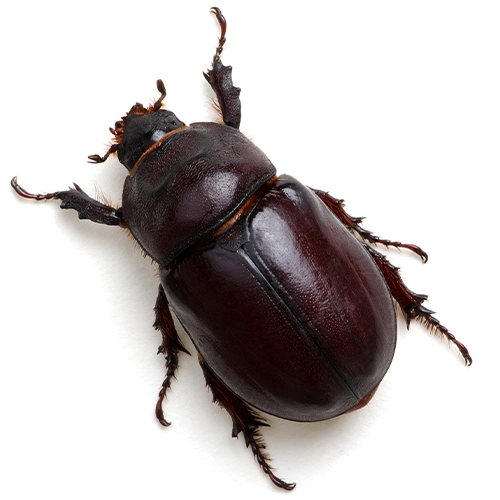
Common Species in Colorado
Colorado Potato Species
This infamous beetle species has a ravenous appetite, wreaking havoc on potato harvests throughout North America. With characteristic yellow and black stripes, it is a little yet formidable foe for farmers. Despite its small size, this it can quickly destroy entire fields if left uncontrolled. The Colorado potato beetle, with its extraordinary capacity to adapt to a variety of environmental situations, continues to provide a persistent issue in agricultural environments.
Mountain Pie Species
Also known as, Dendroctonus ponderosae, the Mountain Pie beetle species is a marvel but also poses a threat to the surroundings. Mistaken for its small size, it can also be ferocious, tunneling under the bark of pine trees destructing landscapes with its trail. Their characteristic blue color represent ecological imbalance, with an increase in population caused by rising temperatures. These beetle species always tests the resilience of forests, encouraging people’s confrontation on the dynamics of nature’s cycles.
Spruce Beetle
Another formidable force in forest ecology is the Spruce beetle. This species is native to high-elevation forests and brings a significant impact on the ecosystem. However, recent population increases have presented considerable obstacles, resulting in extensive tree mortality and altered landscape compositions. Understanding the behavior of this beetle species and impacts is critical for sustainable forest management and conserving the fragile balance of Colorado’s wilderness.
Western Corn Rootworm
This beetle species traces its origins from Mexico and has adapted to numerous management efforts, making it a chronic menace to Colorado cornfields. Its larvae voraciously devour maize roots, jeopardizing plant health and productivity. Efforts to regulate its population through crop rotation and genetically engineered crops highlight the continuous eradication measures for this tenacious agricultural pest.
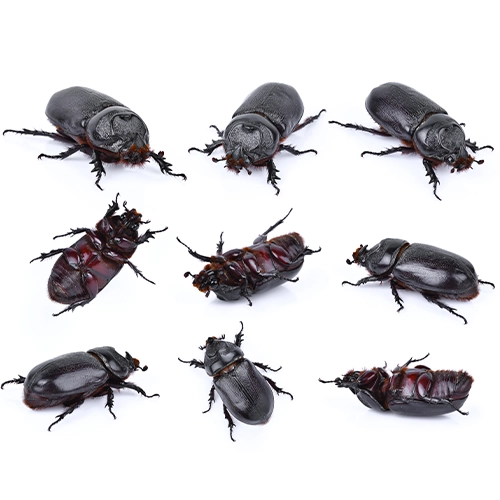
Signs That Indicate Beetle Infestations
Beetles typically infest a particular area in a subtle but informative manner within houses or construction. Woods with circular holes that mimic nail punctures are one of the signs of an infestation. Sawdust accumulating beneath wooden items might suggest beetle larvae moving inside.
Discolored or damaged wood surfaces indicate the long-term presence of insects that feed on organic matter. Be aware of clicking or tapping sounds coming from walls or furniture indicating mature beetles on the move. Faint, musty odors persisting in restricted spaces may suggest a hidden infestation. It is essential to be alert and act promptly when inspecting the indications of beetle infestations.
Potential Risks of Having Beetles At Home
There are several risks associated with beetle infestation at home. The powder post beetles for example, can inflict extensive damage to furniture, carpets, clothes, and wooden buildings, necessitating costly repairs or replacements. Beetles can also transport and spread diseases, germs, and parasites, creating health dangers to residents, particularly those with allergies or respiratory problems. Furthermore, some beetles can emit toxic compounds that can cause skin irritation or allergic responses when in touch. If left uncontrolled, beetle infestations may expand rapidly, making it difficult and costly to eliminate, potentially troubling homeowners’ peace of mind.
DIY Management Strategies
Taking self-measures to control beetle infestations around the home can be useful, especially on a small scale. First, evaluate possible entrance sites for signs of cracks or gaps before sealing them with Silicone or weather stripping, preventing additional penetration. To keep insects away from sensitive locations, use natural repellents such as cedar wood chips or essential oils like eucalyptus. Implementing a stringent cleanliness program, such as vacuuming on a regular basis and throwing away organic trash as quickly as possible removes beetle-breeding habitats. Pheromone traps in strategic places can be useful in reducing beetle numbers. Persistence and preventive actions can help treat beetle infestations at home.
Reasons for Professional Help
Professional entomologists have specific knowledge and techniques for distinguishing between different beetle species, each with its own set of habits and weaknesses.
Through rigorous investigation, they may determine the cause of infestation allowing targeted eradication and preventative efforts. Not only does this preventive strategy guarantee eradication of current invasion but also prevents future infestations.
They also possess a comprehensive grasp of beetle behavior, including identification procedures and successful eradication strategies adapted to specific species.
Their knowledge allows them to diagnose infestation intensity accurately before implementing effective methods that minimize structural damage and health problems. Entrusting specialists ensures a complete strategy that protects properties and homes from the ongoing threat posed by beetle infestations.
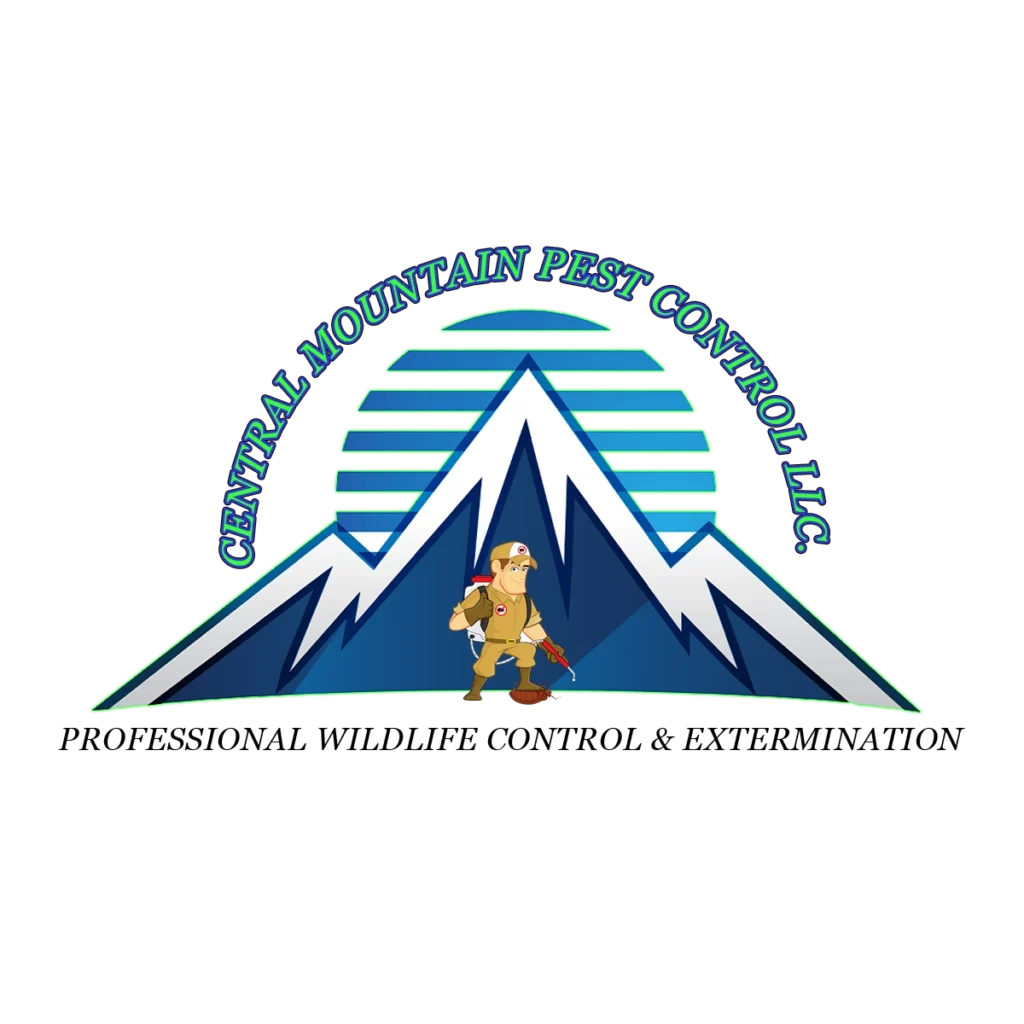
Getting professional assistance when managing beetle infestations offers several safety benefits. Experts with training can accurately distinguish between gentle kinds of beetles and dangerous pests that cause damages to buildings or endanger human health. By lowering the risk of exposure to dangerous substances sometimes included in do-it-yourself remedies, professional intervention shields homeowners and their pets from potential toxicity. Hiring experts also offers thorough eradication procedures, lowering the likelihood of re-infestation and preserving the sanctity of the living space.
Preventive Measures
Regular cleaning removes food remains, dampness, or debris that attracts beetles. They cannot locate nesting sites if carpets are clean, floors are neat, and organic garbage is disposed of immediately. Furthermore, sealing cracks and gaps keeps them out of your house at all times.
Homeowners can preserve the integrity of their living environments and fortify their defenses against beetle infestations by prioritizing cleanliness. Caulking potential access spots, such gaps and fissures in walls or windows can help prevent beetle invasion in homes or buildings.
This innovative method preserves the stability and cleanliness of the building while halting their progression and reducing the chance of an infestation.
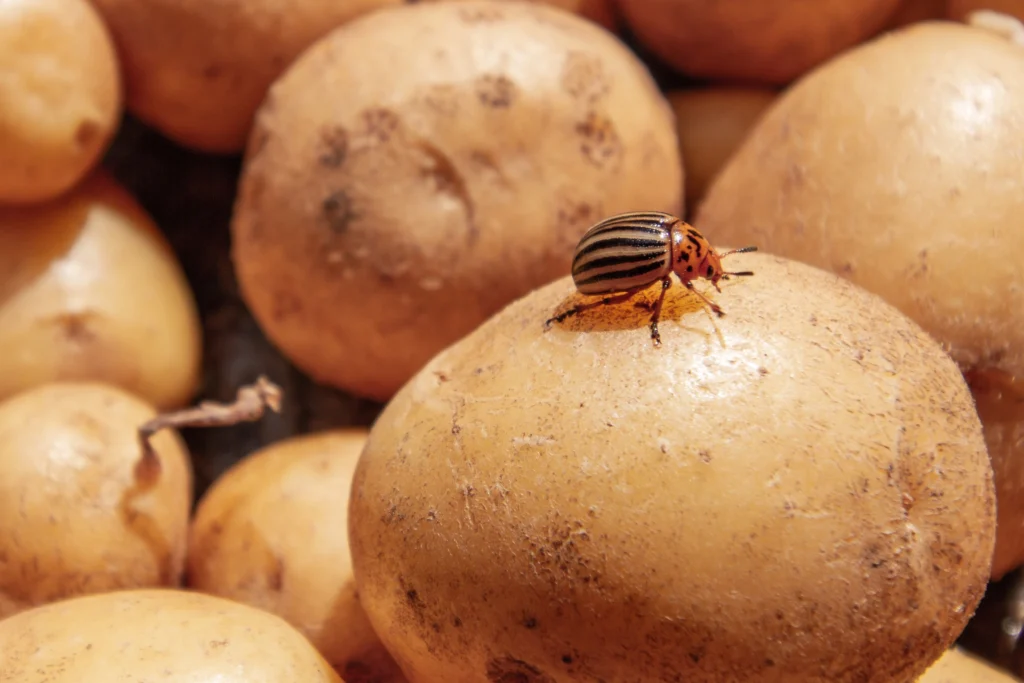
Regular cleaning removes food remains, dampness, or debris that attracts beetles. They cannot locate nesting sites if carpets are clean, floors are neat, and organic garbage is disposed of immediately. Furthermore, sealing cracks and gaps keeps them out of your house at all times. Homeowners can preserve the integrity of their living environments and fortify their defenses against beetle infestations by prioritizing cleanliness. Caulking potential access spots, such gaps and fissures in walls or windows can help prevent beetle invasion in homes or buildings. This innovative method preserves the stability and cleanliness of the building while halting their progression and reducing the chance of an infestation.
A professional’s knowledge is invaluable when it comes to controlling beetle infestations. They identify sensitive regions and apply targeted solutions to reduce beetle proliferation. They use eco-friendly practices, such as integrated pest control, to reduce environmental effect while protecting against future infestations. Their proactive strategy not only eliminates present bugs but also safeguards properties from future threats, guaranteeing long-term pest resilience.
Combating infestations of beetles in Colorado requires a complex strategy, which combines prevention, vigilance, and targeted action. Proper sealing, regular maintenance, and eliminating favorable circumstances all help to strengthen the home’s defenses and lessen the danger of infestation. Adopting environmentally friendly methods like pheromone traps and biological controls demonstrates a commitment to sustainability while efficiently managing beetle populations. Furthermore, raising community awareness and sharing knowledge enables individuals to protect themselves against beetle incursions collectively. Finally, by combining proactive measures with ecologically sensitive techniques, Colorado’s residents can build robust defenses that reduce beetle infestations while protecting the integrity of their houses and surroundings.
If you think beetles are causing you problems in Colorado Springs, CO or anywhere in Teller County or El Paso County, please do not hesitate to
contact us today! We will help resolve your problem quickly, safely, and at affordable rates.
